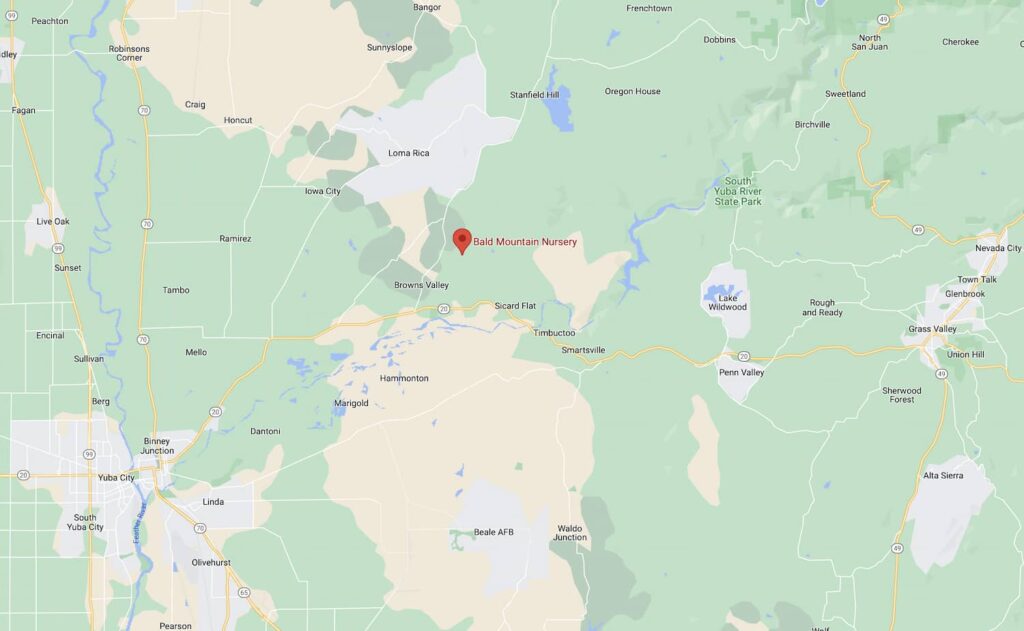June 2010 Tips
. . . This has been an unusual weather month for May with cool and changeable weather and certainly more rain than usual. The few short warm spells we have had have encouraged people to start their vegetable gardens, only to discourage them because things just don’t want to grow when the weather turns cool again. You can’t fool Mother Nature, but she can certainly fool us!
. . . When the hot weather arrives, don’t be complacent about the necessity of thorough watering just because it hasn’t been a vital issue thus far. During the heat of summer there are frequent calls about plants that are not doing well – wilting or scorched leaves, dropping blooms, dead branch ends – all signs of too little water. Even with daily watering those symptoms can be seen because too little water is being delivered with each watering. It is generally better to do a good deep watering every 2 to3 days which will help to soak the area well enough that it doesn’t dry out quickly. Mulching helps to slow evaporation and can reduce the frequency irrigation. When you visit the nursery, pick up a copy of our pass-out “Are You Providing Enough Water†for some good tips on irrigating.
. . . We recommend fertilizing most of the plants in the landscape with 16-16-16, 15-15-15, or other similarly balanced fertilizer in June. Find a time, if the temperatures are our typical summer heat, when the temperatures are trending down rather than up. Use the fertilizer according to package directions, having watered everything well the previous day, and watering after application. Plants that require a specific fertilizer include rhododendrons, azaleas, camellias, citrus, and roses; it is better to use a product formulated for their feeding rather than the balanced fertilizer. Ask for our pass-out sheet entitled “Fertilizer Blues Explained†when you visit the nursery if you would like it for reference.
. . . Tomato hornworms blend in amazingly well with the foliage on tomato plants. Keep a watchful eye on your plants because those critters can defoliate a plant quickly. Control them by hand picking them or cutting them in two with your pruning shears if those things don’t make you queasy. Otherwise, an organic product called Bacillus thuringiensis (B.C. for short)can be sprayed on the plants to control them. It is effective on any insect at the caterpillar stage. It is sold under many different brand names- we carry Safer brand which is simply called  “Caterpillar Killerâ€.
. . . If you do not have fungal infections on your roses, black spot, powdery mildew, rust, you are one of the lucky ones. It has been a very prevalent problem this year because of all the wet weather. We spray with Neem Oil and Saf-T-Cide with good, but not perfect, results. It has always worked very well in the past. Warmer and dryer weather will help eliminate the problem. To keep your roses blooming well, keep them well watered, fertilize regularly, and dead head them often.
. . . As the temperatures climb into our summertime highs, be sure to water your shrubs and trees adequately, as mentioned earlier. Should anything show definite signs of stress or damage, use ‘Superthrive’ in the watering water. It is a vitamin-hormone product that will very often bring a plant from the brink. A little goes a long way with this product and we use it faithfully when planting in extreme weather to eliminate transplant shock. It is a good product to have on the shelf with other gardening supplies.
. . . We will all be curious to see what kind of weather June brings us – predictable heat or something else?

